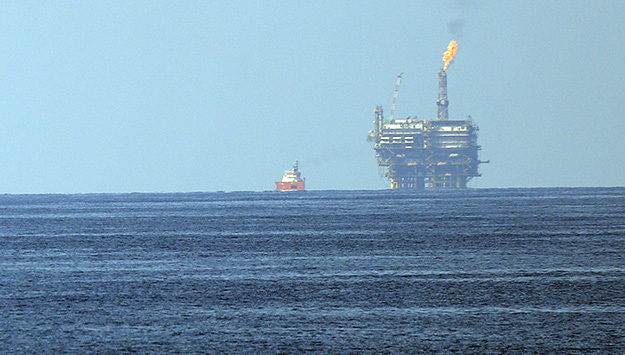Consultation for the proposed Coral Norte Area 4 Floating Liquefied Natural Gas (FLNG) Project in Mozambique began. This took place at the end of June 2023. The consultations will be carried out within the framework of the Environmental Pre-Feasibility and Scoping Study (EPDA).
Read Also: Eni launches Coral South project in Mozambique
The project is the second of its kind in the country. The first was the Coral South FLNG project. The latter comprised the development of six deepsea gas wells as well as a floating liquefied natural gas (FLNG) facility. The Coral South FLNG project is already complete and operational. It has a capacity of 3.4 million metric tons per year (mtpa) which is the equivalent of 0.49 billion cubic feet per day (bcfd).
Reportedly, the consultation phase of the Coral Norte FLNG Project aims to collect the main concerns and suggestions. These will be collected from the community, civil society, and government institutions in addition to other interested and affected parties.
Development Plans for the Coral Norte Area 4 Floating Liquefied Natural Gas (FLNG) Project in Mozambique
The Coral Norte project will be developed in Area 4, a hydrocarbon exploration and production block located in the deep waters of the Rovuma basin. This block is operated by Mozambique Rovuma Venture (MRV) a joint venture co-owned by ExxonMobil, Eni as well as CNPC (China).
MRV has a 70% participating interest in the concession contract. On the other hand, Galp, Kogas (South Korea) and Empresa Nacional de Hidrocarbonetos (Mozambique) each have a 10% stake.
Eni Rovuma Basin (ERB) is the delegated operator of the Coral Norte FLNG Project. The latter is expected to gulp an investment of US$7 billion (6.3 billion euros) or it’s thereabouts.
The project, which is a replica of the Coral South FLNG project, is expected to be complete and operational in the second half of 2027. As a result, Area 4 will have the capacity to produce seven mtpa (million tonnes per year).

